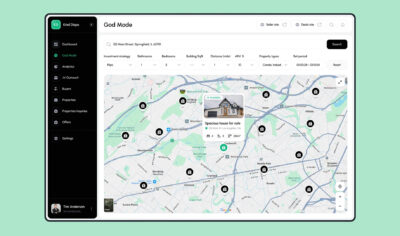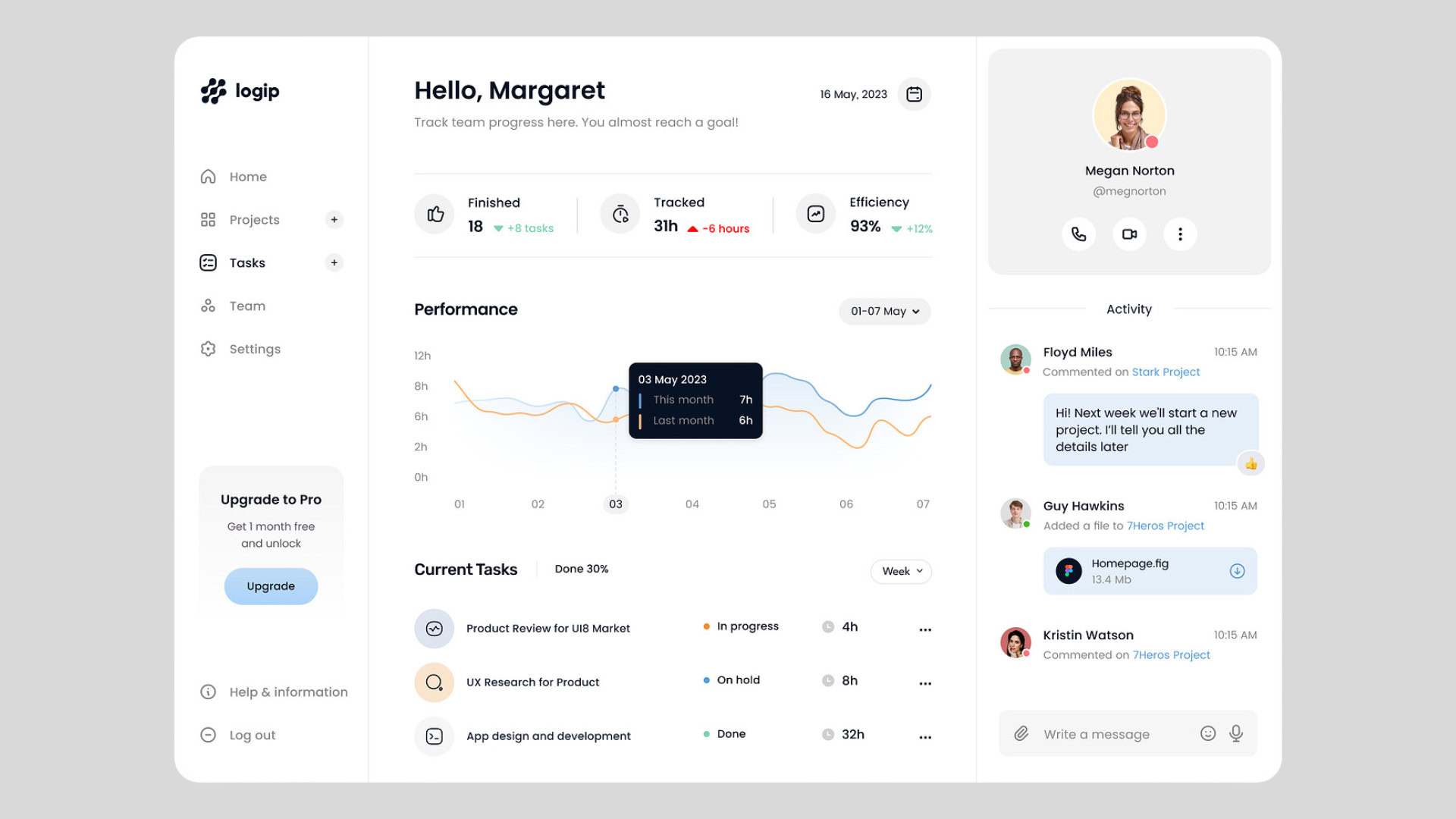
UX for SaaS in 2025: What Top-Performing Dashboards Have in Common
You’ve probably felt it before: that moment when you open a dashboard expecting answers and instead, you’re met with a wall of noise. You scroll, click, maybe even squint, trying to figure out what’s going on. And just like that, frustration sets in.
This isn’t a rare experience. It’s one of the biggest silent killers of SaaS growth today. The hard truth? A confusing dashboard doesn’t just waste time, it erodes trust.
In 2025, the tools that stand out are the ones that feel like an ally. Their dashboards don’t just display data, they guide you through it. They make you feel smart. Empowered. In control.
So what exactly separates these high-performing dashboards from the rest? Let’s take a closer look.
Table of Contents
The New SaaS User Is Evolved and Expecting More
Today’s users are savvier than ever. They don’t need hand-holding, but they do need tools that respect their time and intelligence. Whether it’s a startup founder checking product metrics or a marketer analyzing campaign performance, they want answers fast, without having to dig.
Modern users expect dashboards that are lightning-fast. Any lag, whether it’s data loading or navigation, immediately creates friction. People are busy. If your product makes them wait, they’ll mentally check out or look for faster alternatives.
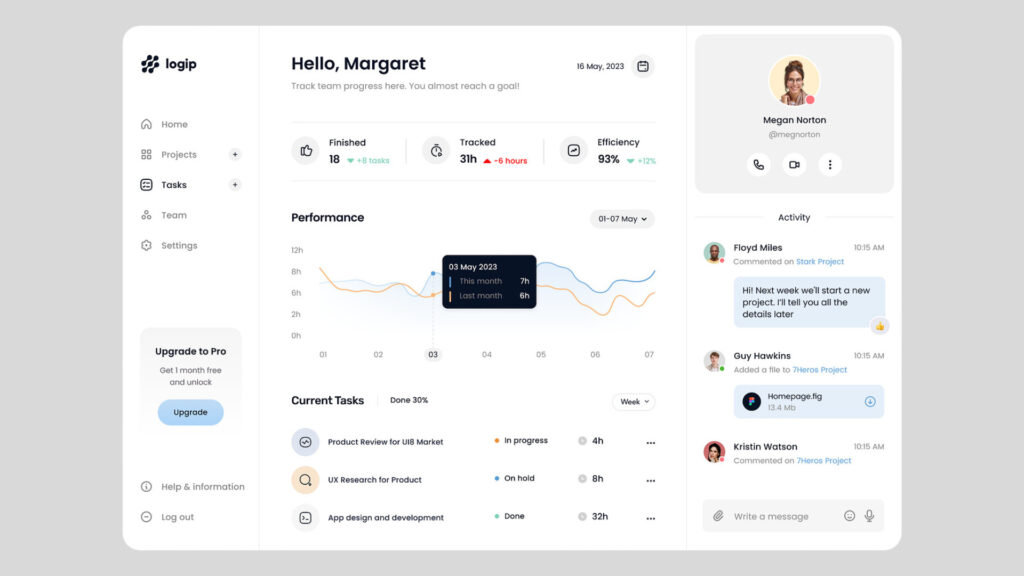
They also crave personalization. Generic dashboards that treat everyone the same simply don’t cut it anymore. Users want to see the data that’s relevant to their specific needs whether that’s sales performance, customer churn, or feature usage and they want to see it right away.
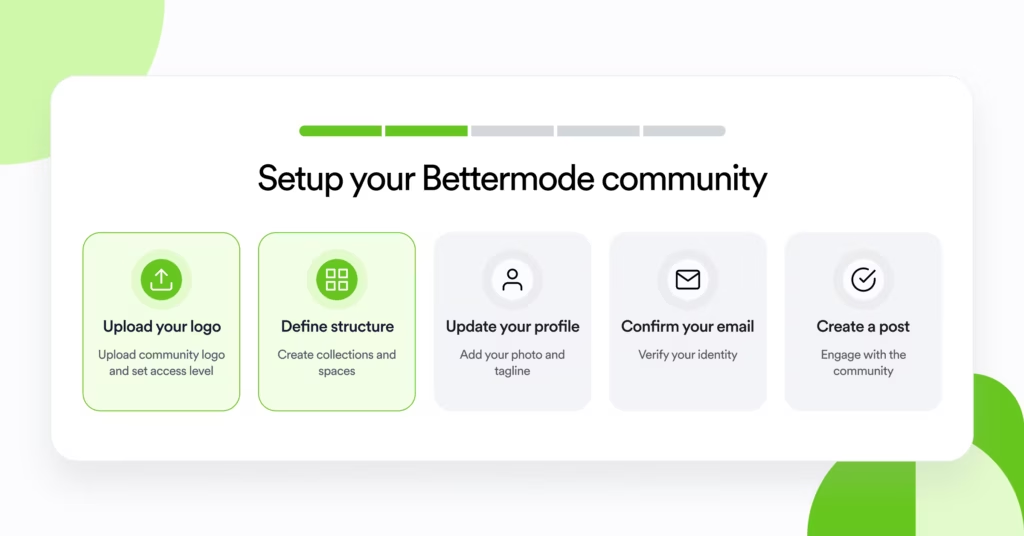
Another major shift is the rise of self-service onboarding. People increasingly want to figure out new tools on their own, without having to schedule demos or read manuals. That means intuitive design isn’t optional anymore, it’s essential. And with the no-code movement growing, more people are building custom tools without developers. These users expect the same flexibility and power from the SaaS products they adopt.
In short, users want dashboards that make them feel in control from the first click. If they can’t get that, they’re gone.
Modern Dashboard Design: Trends That Are Leading the Way
There’s a big difference between a beautiful dashboard and a useful one, but the best ones in 2025 manage to be both. These designs aren’t just trendy for the sake of aesthetics. They’re practical. They reduce friction, boost engagement, and make people want to come back.
One of the clearest trends is the shift toward modular, customizable widgets. Instead of locking users into a single layout or forcing them to use default data views, modern dashboards let users build their own interface. Think of it like a Lego set. You give users the pieces charts, filters, summary tiles and they assemble them however they want. This flexibility means users can shape the dashboard to fit their unique workflows, which increases both satisfaction and retention.
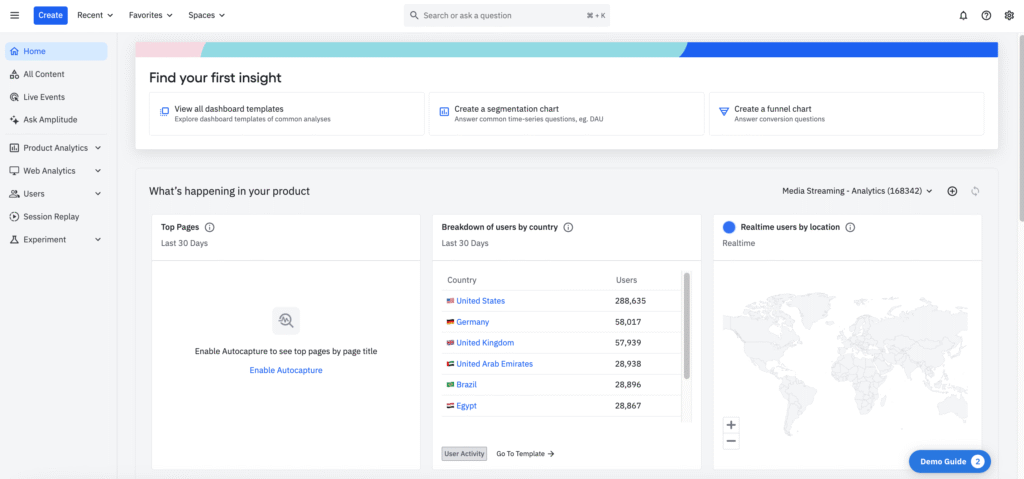
For instance, Amplitude allows users to build custom dashboards using a wide variety of chart types, filters, and widgets. You can drag and drop visualizations, rename modules, reorder sections, and save views that align with your specific goals whether that’s user retention, conversion funnels, or product engagement. This level of flexibility empowers teams across product, marketing, and growth to create dashboards that actually make sense for them, instead of relying on static reports.
Another trend is theme personalization. This goes beyond just offering a dark mode. More tools now allow users to switch color palettes, adjust font sizes, and even apply branding elements. It’s not just about aesthetics, it’s about comfort. A personalized visual experience reduces eye strain, improves focus, and makes the dashboard feel like an extension of the user’s digital workspace.
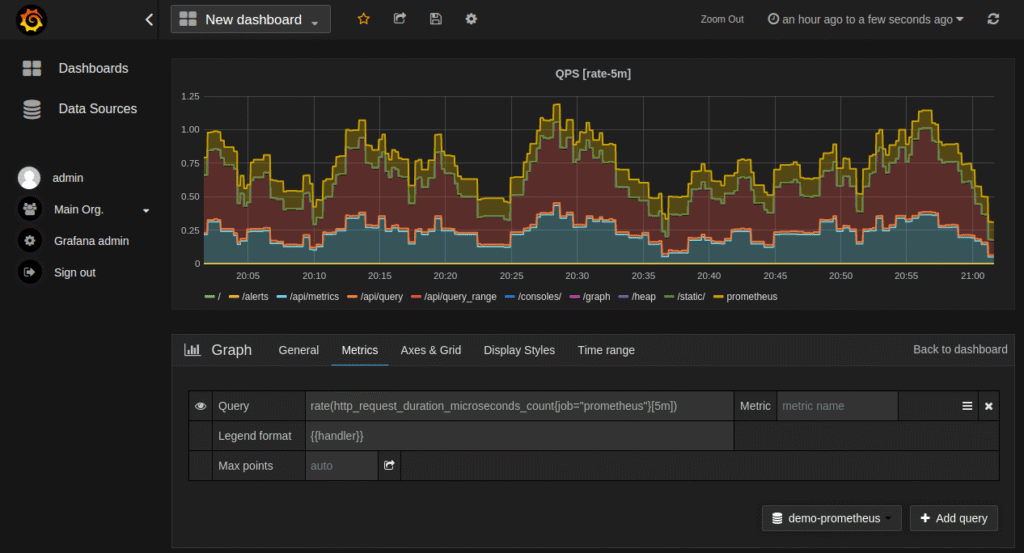
For instance, Grafana, an open-source analytics and monitoring platform, goes beyond dark mode. It allows users to deeply customize the look and feel of their dashboards, including setting custom themes, color palettes, and even CSS for advanced styling. You can create branded dashboards that visually align with your team or company identity, which is especially useful in customer-facing or enterprise scenarios.
We’re also seeing a big increase in contextual tooltips and embedded onboarding. Rather than making users hunt through documentation or click through boring tutorials, helpful explanations are now built directly into the dashboard. If a metric is unfamiliar or a chart has a unique logic behind it, users can hover or click for a quick explanation. Some tools even offer mini-tours or nudges that show up contextually, guiding users as they explore new features. These subtle support mechanisms dramatically improve usability without being intrusive.
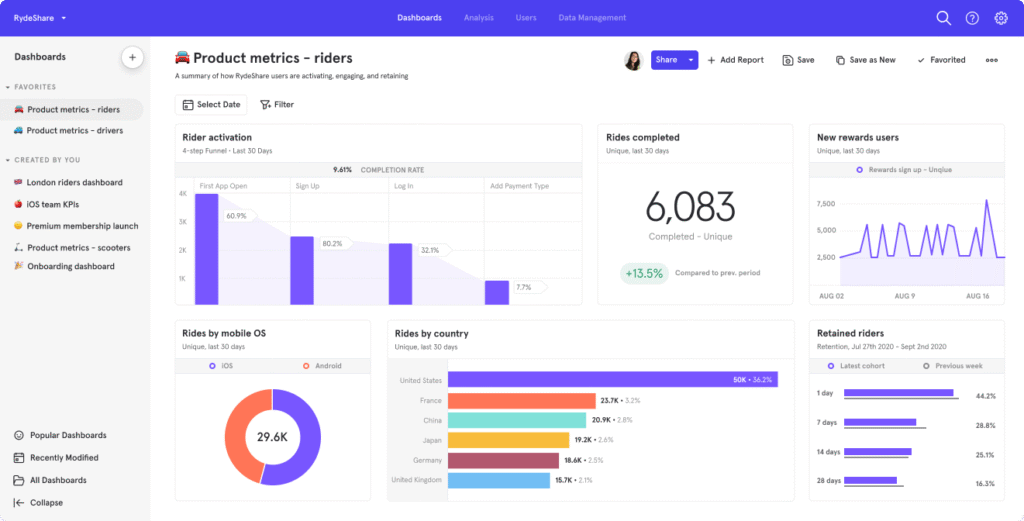
As an example, Mixpanel excels at offering helpful, embedded guidance. When you’re analyzing user behavior or building funnels, Mixpanel gently layers in tooltips, in-line explanations, and helpful prompts. If you hover over a complex metric or feature, the platform explains what it is and how it’s calculated without sending you off to an external help center. For new users, Mixpanel includes interactive onboarding flows that guide you through core functionality without overwhelming you.
These trends may seem simple, but they solve one of the hardest problems in SaaS: how to make powerful tools feel accessible, not intimidating.
What High-Performing Dashboards Do Exceptionally Well
When a dashboard works the way it should, you can feel it. It’s smooth. Intuitive. You don’t have to think twice about where to look. You just know.
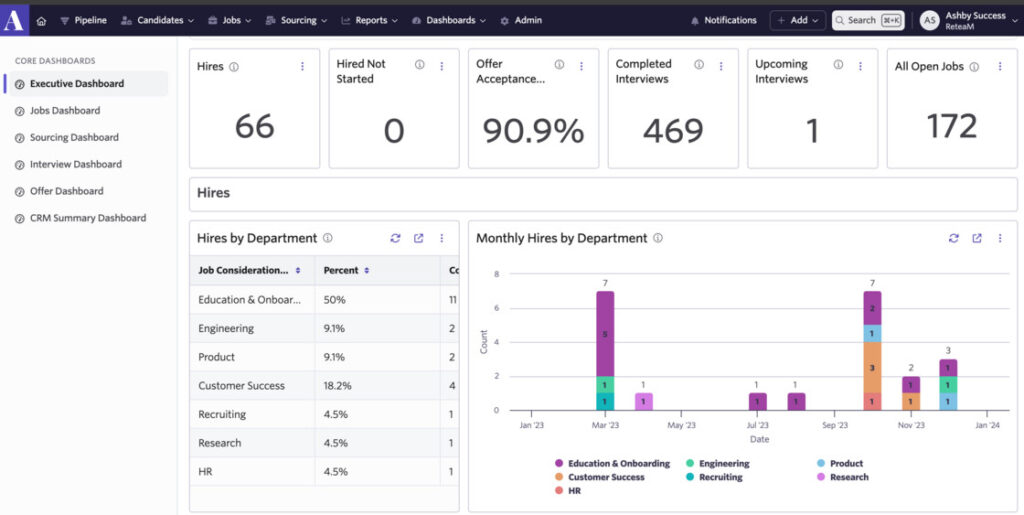
One of the biggest things these dashboards do right is surfacing key metrics first. They prioritize clarity. That means when a user logs in, they immediately see the most important insights like total revenue, user growth, or system health without clicking a single thing. These insights aren’t just dumped on the screen, either. They’re framed with context, trends, and labels that tell a story. It’s data storytelling at its best: combining facts with meaning to help users understand what’s happening and what to do next.
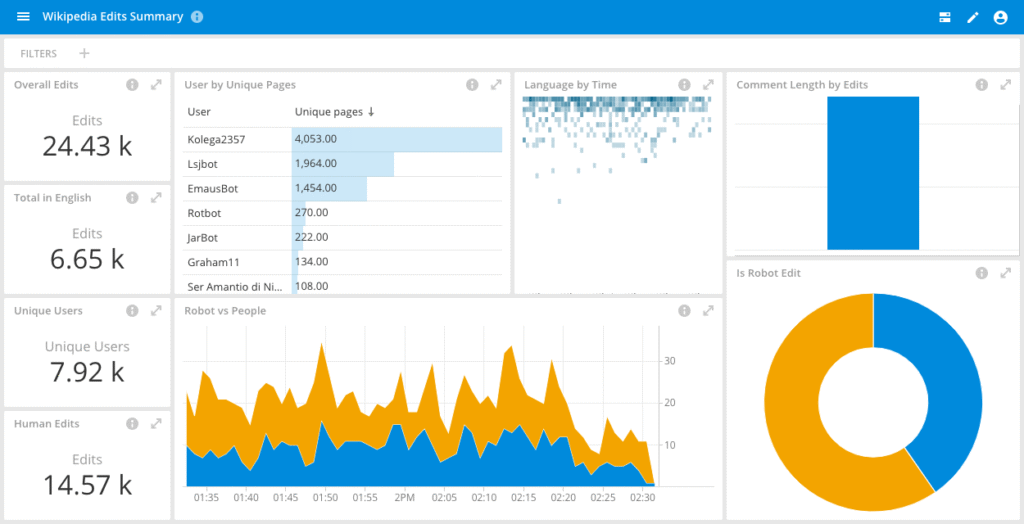
Another strength is flexibility in exploration. Great dashboards let users dive deeper into their data with ease. That might mean adjusting filters, comparing timeframes, or clicking into a chart to see what’s behind a number. These interactive features are essential for users who need to answer complex questions on the fly. The difference between a dashboard that tells you “sales dropped last week” and one that lets you figure out why is enormous.
And of course, performance is critical. All of these features are only valuable if the dashboard loads quickly and runs smoothly. Users shouldn’t have to wait for charts to render or filters to update. In 2025, fast feels professional. Slow feels broken. Performance isn’t just a technical detail anymore, it’s part of the user experience.
The Mistakes That Still Trip Teams Up
Even well-intentioned dashboards can fall short if certain UX basics are ignored. And unfortunately, these common pitfalls are still showing up far too often.
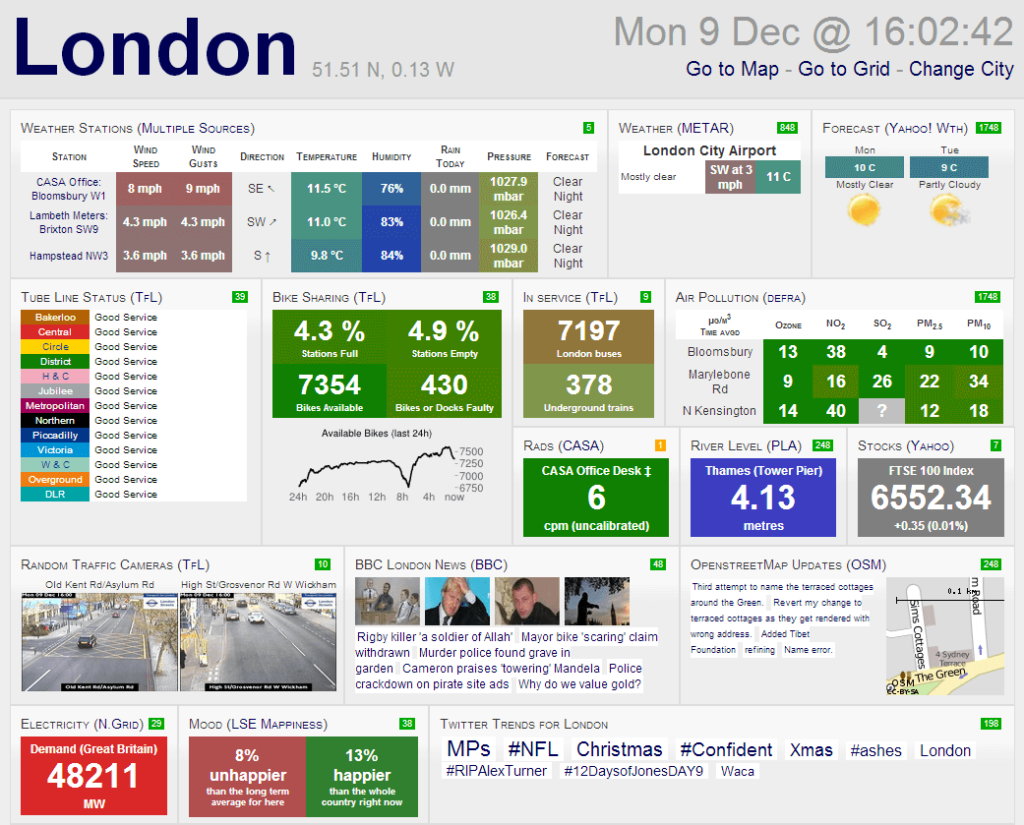
One of the most damaging mistakes is clutter. When a dashboard tries to show too much information at once, it ends up overwhelming the user. It’s tempting to think that more data equals more value, but in reality, it just creates confusion. Clean, focused layouts that emphasize the most critical insights will always outperform dashboards that feel busy or chaotic.
Another major issue is poor responsiveness on mobile devices. Even in B2B, people aren’t always at their desks. They might check your dashboard on a phone during a meeting, on a tablet while traveling, or from a browser with a small screen. If your dashboard only works well on a desktop, you’re creating unnecessary friction and possibly losing valuable engagement.
A third mistake is hiding important features behind dropdowns or obscure menus. Users shouldn’t have to guess where the export button is or click through three layers to apply a filter. Core actions should be clearly visible and accessible. Remember: clarity builds confidence. Confusion leads to churn.
The Bottom Line: Empower Your Users or Lose Them
A dashboard isn’t just a collection of charts, it’s your product’s handshake. It’s often the first place users go, and it sets the tone for their entire experience.
The best dashboards in 2025 do one thing exceptionally well: they make users feel capable. They turn complex data into simple insights. They help people work faster, smarter, and more independently.
So if you’re building a SaaS tool, ask yourself this: Does your dashboard make users feel in control? Or does it make them feel like they’re doing mental gymnastics just to get a straight answer?
The difference between those two experiences is the difference between retention and regret.
A Simple UX Audit Checklist for Your Dashboard
If you want to improve your dashboard today, start with a quick internal audit. Ask your team and your users these questions:
- Are the most important metrics visible right away without extra clicks?
- Can users personalize the layout or apply filters without frustration?
- Is help available in context, without needing to leave the page?
- Does the dashboard load quickly and feel responsive on all devices?
- Is the layout clean and free from unnecessary noise?
- Are key actions clearly visible, not hidden in dropdowns?
- Does it feel like the dashboard is working with the user, not against them?
If the answer is “no” to more than two of these, it might be time to rethink your approach.
Final thought:
Your dashboard isn’t just a feature. It’s the lens through which your users see your product. And in a SaaS world that’s more crowded than ever, user experience isn’t a finishing touch, it’s your foundation.
If you make users feel empowered, they’ll keep coming back. If you make them feel lost, they’ll look elsewhere.
Choose wisely.
Take your company to the next level and get results with our world class user experience, interface design and implementation.
Get a FREE 30 min Strategy Session

Related posts
Designing with Empathy: How Inclusivity Enhances User Experience (4 steps)
What is Inclusivity in Design Inclusive design is the practice of “intentionally including the needs of users who likely experience […]
How Neurodesign Is Reshaping User Experience
Let’s be real, 2025 is wild. We’re bombarded with more information than ever, attention spans are shorter than a TikTok […]
Why the Traditional UX Process Holds Designers Back
If you’ve ever searched for “UX design process,” you’ve likely encountered the same tidy diagrams repeated across blogs, textbooks, and […]
Creative product design that gets results
Take your company to the next level with world class user experience and interface design.
get a free strategy session
